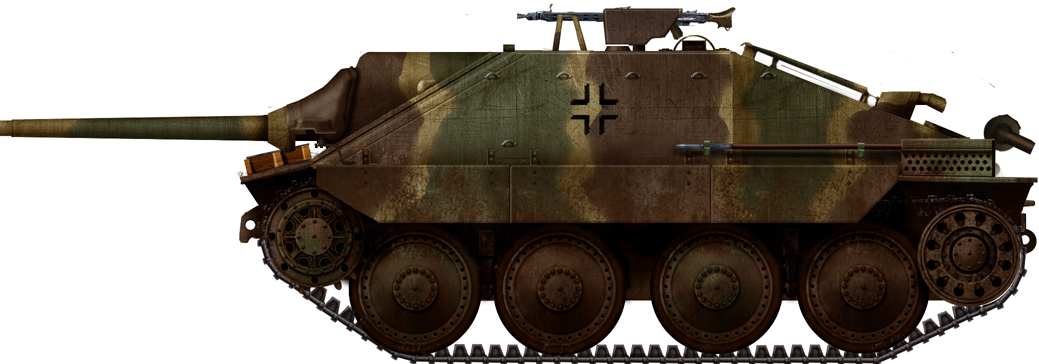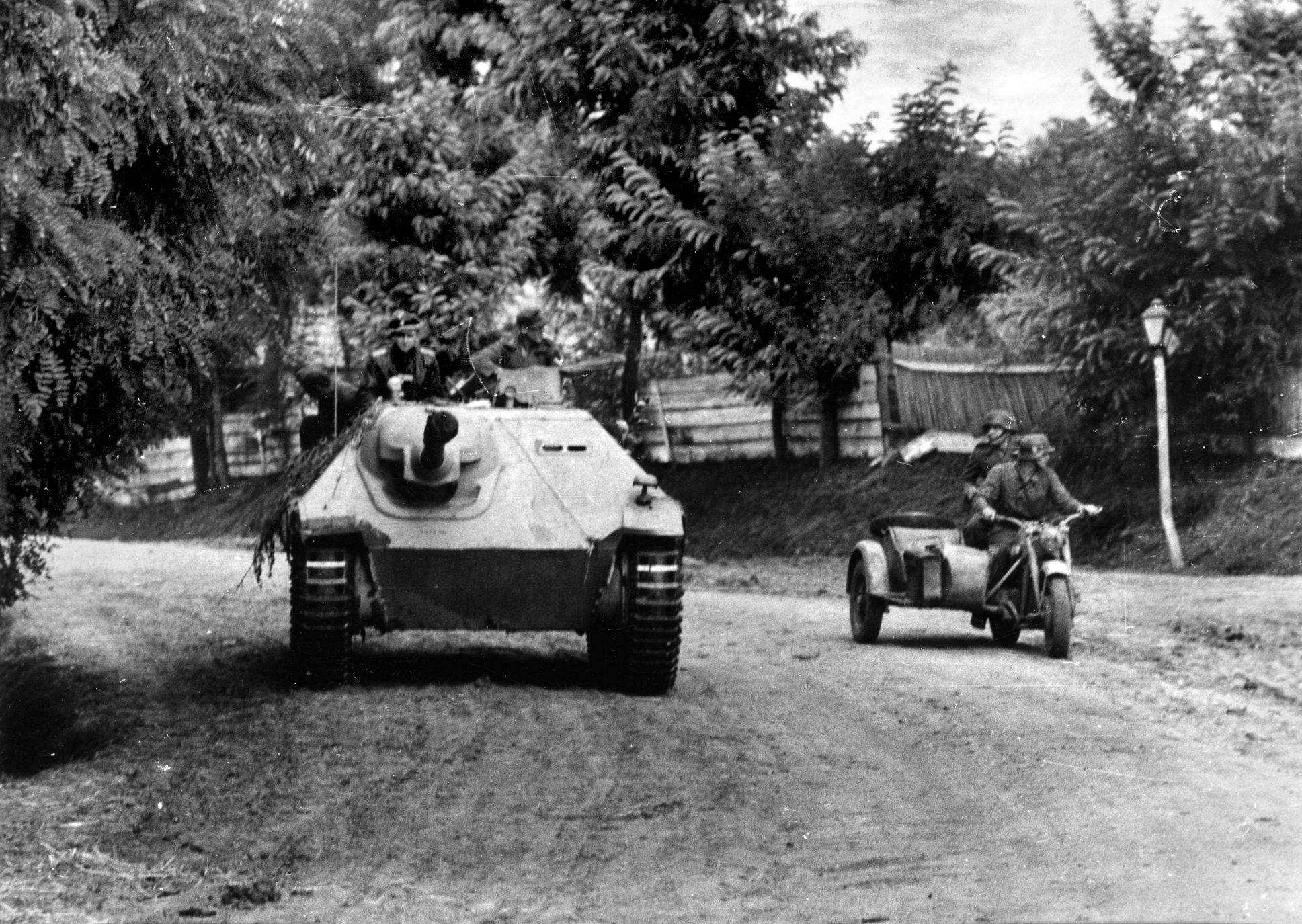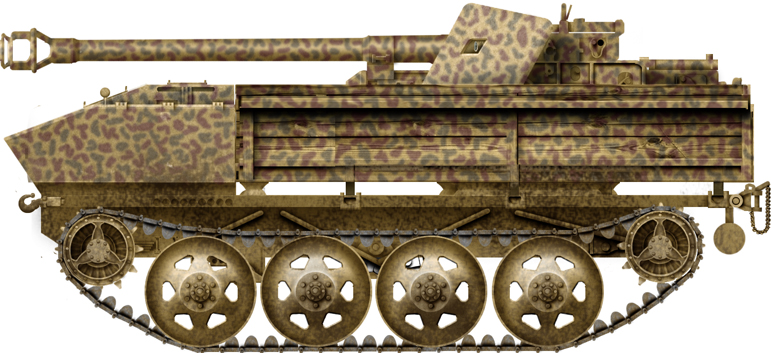sillygoose
Well-known member
What if the Hetzer is developed early and introduced into combat in July 1943 during Kursk?
Technically there was no reason it couldn't have been developed earlier other than someone not thinking of it sooner. The Marder design was only a stopgap and replaced ASAP IOTL, so it wasn't like there was any need to keep that model in production. The Hetzer was also quite cheap and easy to make, as IOTL despite being introduced in July 1944 over 2,800 units were produced until May 1945. That despite the horrible economic situation by the 2nd half of 1944 and the factory being bombed during the war. Had it been developed a year sooner they'd have likely hit the 1000 per month production plan set IOTL, as the bombing and other disruptions reduced output:

 tanks-encyclopedia.com
tanks-encyclopedia.com
Here is the OTL production schedule:
It seems like it was surprisingly effective as well:

 warfarehistorynetwork.com
warfarehistorynetwork.com
Though I don't expect they'd make much of a different during Kursk due to no more than 100 likely being available over the course of the rest of 1943 and into 1944 having large numbers could make an impact. Assuming they hit that 1000 units per month number by the beginning of 1944 what sort of impact would they have had do you think? I'd imagine they could better supply their allies with AFVs if they had sufficient number of these.
As an aside I'm assuming these replace some of the wackier projects that turned out to be duds:

 tanks-encyclopedia.com
tanks-encyclopedia.com
Plus of course all the variants using the chassis could be made in larger numbers:
Technically there was no reason it couldn't have been developed earlier other than someone not thinking of it sooner. The Marder design was only a stopgap and replaced ASAP IOTL, so it wasn't like there was any need to keep that model in production. The Hetzer was also quite cheap and easy to make, as IOTL despite being introduced in July 1944 over 2,800 units were produced until May 1945. That despite the horrible economic situation by the 2nd half of 1944 and the factory being bombed during the war. Had it been developed a year sooner they'd have likely hit the 1000 per month production plan set IOTL, as the bombing and other disruptions reduced output:

Jagdpanzer 38 (Hetzer) - Tank Encyclopedia
The light Jagdpanzer 38(t), often called the Hetzer, was a well-armed tank hunter built in Czechoslovakia under Nazi rule.
 tanks-encyclopedia.com
tanks-encyclopedia.com
Here is the OTL production schedule:
It seems like it was surprisingly effective as well:

WWII Weapons: The Hetzer Tank Destroyer
The Hetzer provided lengthy service on all fronts where the German Army was engaged during World War II.
Though I don't expect they'd make much of a different during Kursk due to no more than 100 likely being available over the course of the rest of 1943 and into 1944 having large numbers could make an impact. Assuming they hit that 1000 units per month number by the beginning of 1944 what sort of impact would they have had do you think? I'd imagine they could better supply their allies with AFVs if they had sufficient number of these.
As an aside I'm assuming these replace some of the wackier projects that turned out to be duds:

7.5 cm PaK 40 auf Raupenschlepper Ost (RSO) - Tank Encyclopedia
The Pak 40 auf Raupenschlepper Ost was a fast conversion of tracked artillery tractors used on the Eastern front into tank hunters.
 tanks-encyclopedia.com
tanks-encyclopedia.com
Plus of course all the variants using the chassis could be made in larger numbers:
Last edited:



